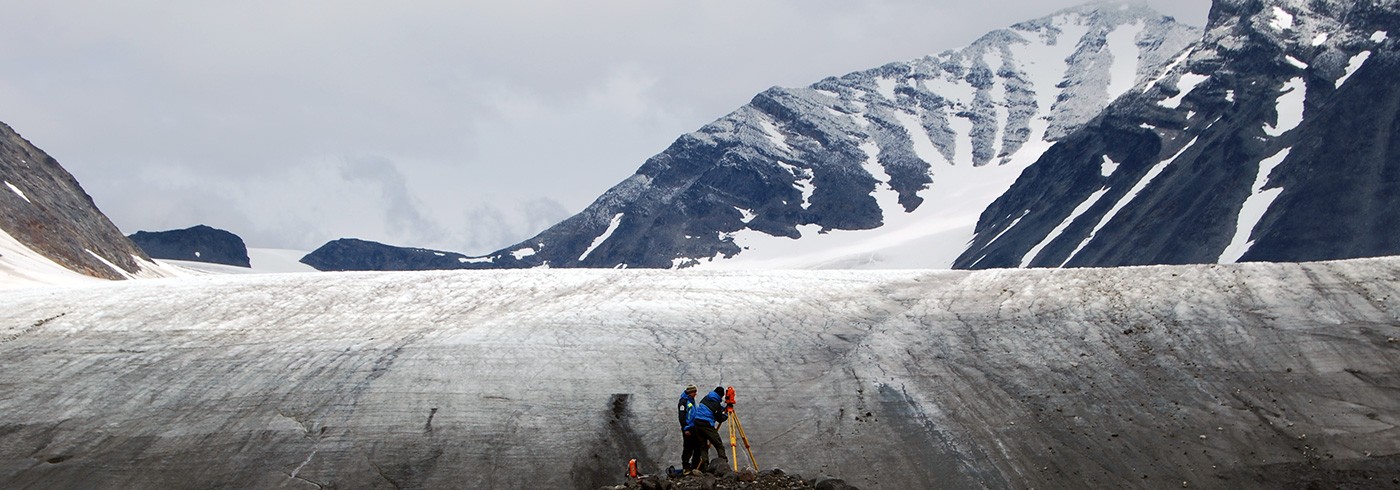Climate-ecosystem interactions
21 July 2008 - 15 August 2008
Mobile tower measuring birch forest CO2 exchange with the atmosphere used in different locations during the summer of 2008 as a part of the special IPY compaign. Photo: Michal Heliasz
The major field campaign within the theme Climate-ecosystems interactions was carried out in the Abisko region in July–August 2008 where a number of research groups were supported with helicopter transport. Most projects have a climatic or climate change component.
One project is involved in analysing the local climate. To understand the micro-scale temperature variations in mountain areas, detailed meteorological measurements were carried out along different slope transects. The main aim is to downscale temperature information to a resolution of tens of metres. This information will be an important tool for climate-impact research.
Several of the Abisko research groups are investigating carbon dynamics in different disciplines and on different scales. The aim of the project Subarctic birch forest carbon exchange in the Torneträsk catchment is to calculate the annual carbon balance of the entire birch forest. The campaign measurements were made by a mobile eddy covariance tower.
Zoological studies have shown that microrodents (voles and lemmings) are the region’s most significant herbivores and have at least in the short term a larger effect on the vegetation than the ungulates (reindeer and moose).
Several of the studies have been retrospective. Old historical data sets on vegetation in combination with new surveys and data analyses provide an opportunity to evaluate effects of changes in climate and reindeer grazing. Another similar study is aiming to assess multidecadal past vegetation changes. This study was conducted by locating and revisiting sites that have been used for vegetation surveys in the past.

